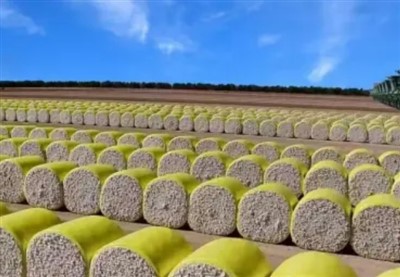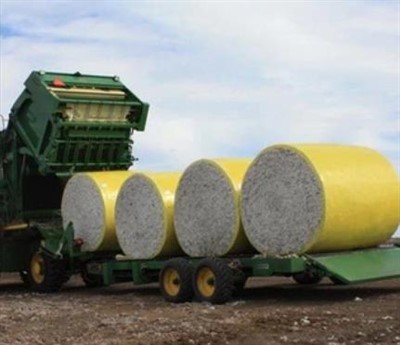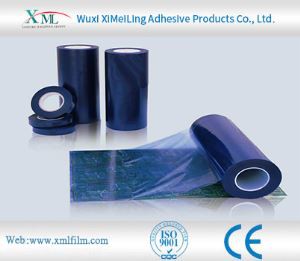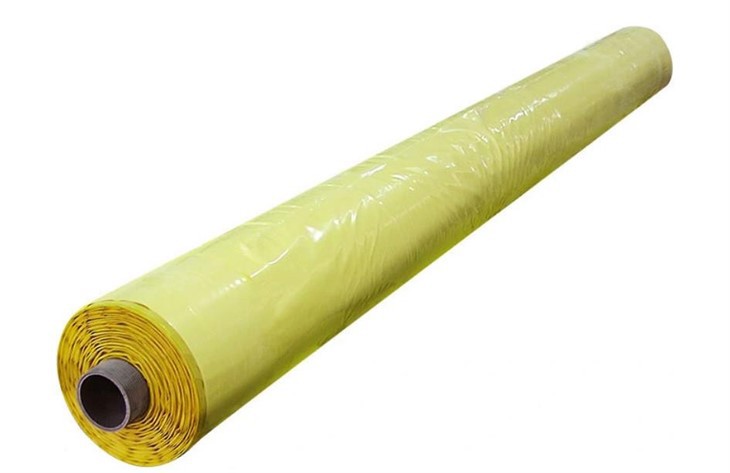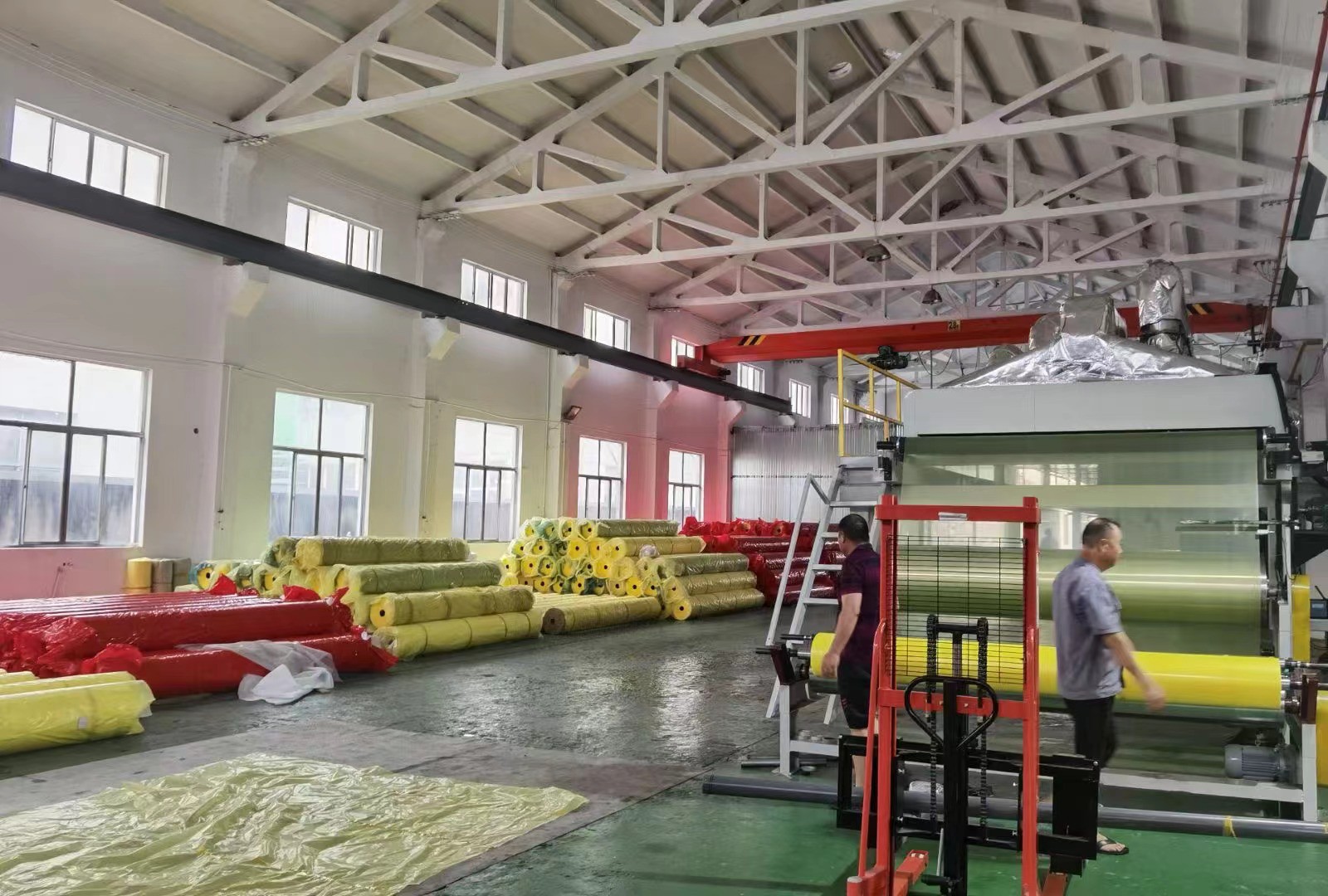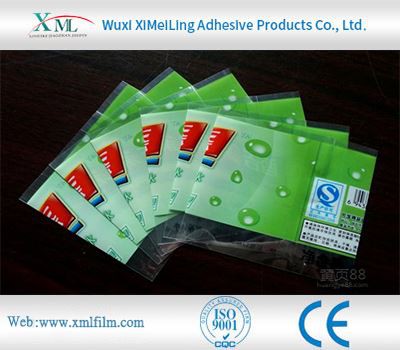Avoiding electrostatic adsorption of Cotton Bale Wrap Film is essential to ensure smooth packaging operations, prevent dust and debris adhesion, and safeguard the quality of cotton bales. Several effective strategies can be employed to address this issue.
One of the primary approaches is to use anti - static additives during the film manufacturing process. Manufacturers can incorporate specialized chemicals into the polymer matrix of the film. These additives work by either reducing the surface resistance of the film or attracting moisture from the air, which helps dissipate static charges. For example, hygroscopic anti - static agents form a thin, conductive layer on the film surface when they absorb moisture, allowing static electricity to flow away. By choosing films with such additives, the likelihood of electrostatic adsorption can be significantly reduced.
Proper environmental control also plays a crucial role. In manufacturing and packaging facilities, maintaining a relatively high humidity level (around 50 - 60% RH) can effectively suppress static charge buildup. Moisture in the air acts as a natural conductor, facilitating the dissipation of static electricity. Additionally, controlling the temperature within an appropriate range helps prevent the film from becoming too dry, which is a common cause of static generation. Installing humidifiers and temperature - regulating systems can create a more stable environment for handling the film.
Grounding techniques are another practical solution. During the unwinding and wrapping process, grounding the film - handling equipment, such as rollers and tensioning devices, can quickly discharge any accumulated static charges. This can be achieved by connecting the equipment to a grounding rod or a dedicated grounding system. Workers handling the film can also wear anti - static wrist straps or clothing to prevent the transfer of their body - generated static electricity to the film.
Moreover, modifying the film's surface properties can be effective. Treating the film with anti - static coatings or surface - modifying agents can change its electrical characteristics. These treatments can create a thin, conductive layer on the film surface, reducing its tendency to attract static charges. Additionally, using films with a rough or textured surface can minimize the contact area between the film and potential contaminants, thereby reducing the impact of electrostatic forces.
In conclusion, preventing electrostatic adsorption of Cotton Bale Wrap Film requires a combination of strategies, including the use of anti - static additives, environmental control, grounding techniques, and surface modification. By implementing these measures, manufacturers and packagers can ensure the efficient and high - quality wrapping of cotton bales while avoiding the problems associated with static electricity
